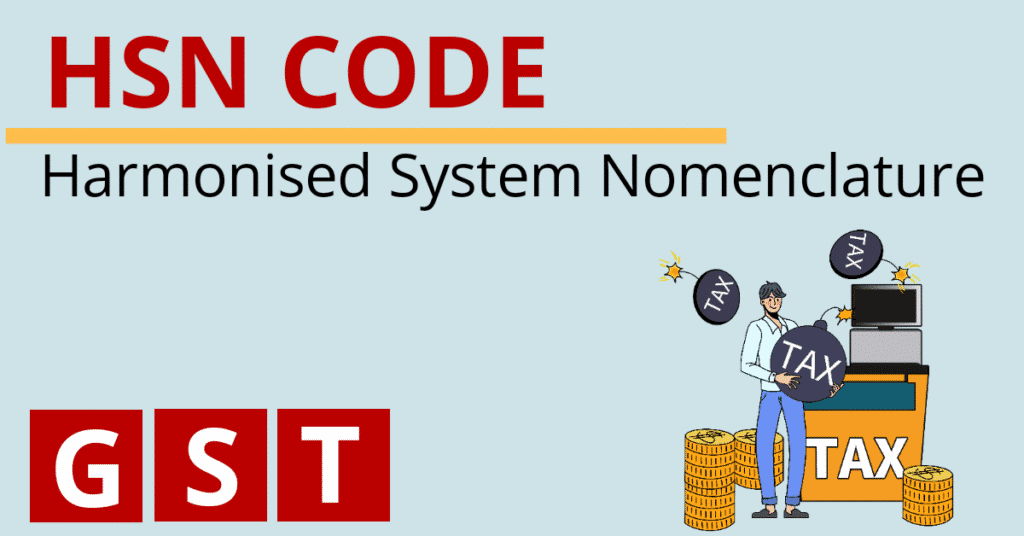
What is an HSN Code?
The Harmonized System of Nomenclature (HSN) code is an internationally accepted system of product classification developed by the World Customs Organization (WCO). It assigns a unique code to each product, facilitating uniform classification across borders. Originally developed in 1988, the HSN system has undergone several revisions to accommodate evolving trade practices and technological advancements.
Structure of HSN Codes
HSN codes are structured hierarchically, with each code comprising multiple digits that convey specific information about the product. The number of digits in an HSN code varies depending on the complexity of the classification. Here’s a breakdown of the typical structure:
Chapter: The first two digits represent the chapter, which broadly categorizes goods into 99 chapters based on their characteristics or use.
Heading: The next two digits specify the heading, providing a more detailed classification within each chapter.
Sub-heading: Further classification is provided by the next two digits, indicating the sub-heading.
Tariff Item: The last two digits, known as the tariff item, provide the most specific classification within the HSN code.
Codes under GST
Under GST law, the HSN code to be used by a taxpayer for classification of goods will be based on the taxpayer’s turnover. The HSN code needs to be declared on the tax invoice and also to be reported while filing the GST returns.
The HSN codes for mandatory mapping/classification of goods that need to be used by a taxpayer are as follows;
>Taxpayers whose turnover is Rs. 5 crore and above shall use 4 digit HSN code,
>Taxpayers whose turnover is above Rs. 1.5 crore but below Rs. 5 crore shall use 2 digit HSN code,
>Taxpayers whose turnover is below Rs. 1.5 crore are not required to mention HSN code in their invoices.
>The draft list of HSN codes released and available in the public domain can be assessed on the government GST website.
>Under the GST laws, the services will be classified as per the Services Accounting Code(s) (SAC).
2-digit HSN code for goods
The taxpayers with turnover between Rs. 1.5 crore and Rs. 5 crore in the preceding financial year, need to specify HSN codes only at 2-digit chapter level as an optional exercise for the first year of GST operations. From the second year of GST operations, mentioning 2-digit chapter level HSN code will be mandatory for all taxpayers with turnover between Rs. 1.5 crore and Rs. 5 crore in the previous financial year.
4-digit HSN code for goods
HSN code of 4 digits will be mandatory for taxpayers having turnover more than Rs. 5 crore in the preceding financial year. Turnover will be considered on the basis of taxpayer’s self-declaration for the first year. After completing the first year under GST, the turnover for the previous year will be considered for determining the use of 4-digit HSN codes.
8-digit HSN code for export and import of goods
HSN codes of 8 digits are mandatory in case of export and imports of goods.
Application of HSN Codes
HSN codes are widely used across industries, including manufacturing, retail, logistics, and taxation. Some common applications include:
Manufacturing: Manufacturers use HSN codes to identify raw materials, intermediate products, and finished goods, facilitating inventory management and cost analysis.
E-commerce: Online retailers employ HSN codes to categorize products, generate invoices, and calculate taxes in accordance with applicable regulations.
Logistics: HSN codes help logistics providers optimize transportation routes, consolidate shipments, and ensure compliance with customs regulations.
Taxation: Tax authorities utilize HSN codes to assess and collect taxes on goods and services, ensuring uniformity and transparency in the tax system.
Conclusion
In the global marketplace, where millions of products are traded every day, standardized classification systems like the HSN code are indispensable. By providing a systematic framework for product classification, HSN codes facilitate seamless cross-border trade, ensure regulatory compliance, and promote economic efficiency. Whether you’re a manufacturer, importer, retailer, or policymaker, understanding HSN codes is essential for navigating the complexities of modern commerce.
This article is only a knowledge-sharing initiative and is based on the Relevant Provisions as applicable and as per the information existing at the time of the preparation. In no event, RMPS & Co. or the Author or any other persons be liable for any direct and indirect result from this Article or any inadvertent omission of the provisions, update, etc if any.
Published on: March 2, 2024
